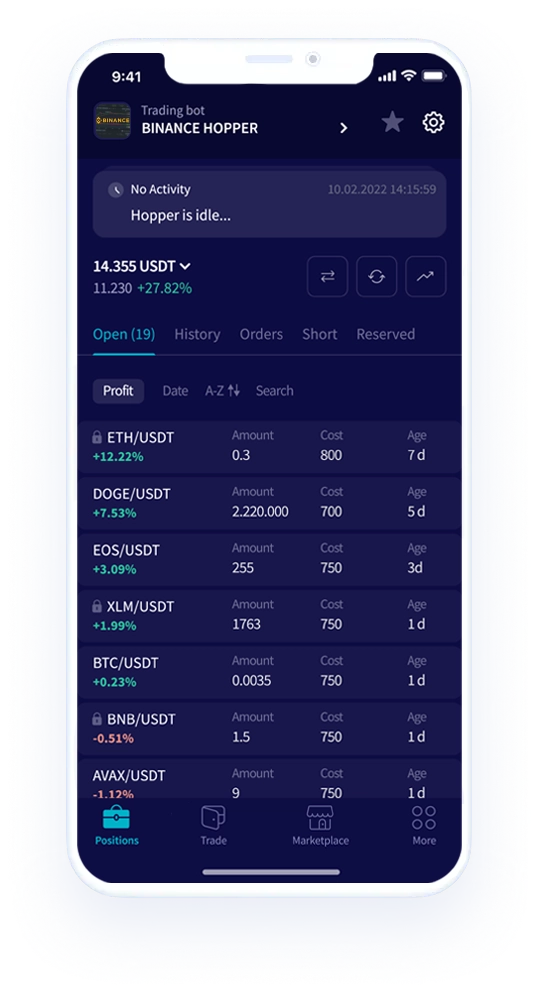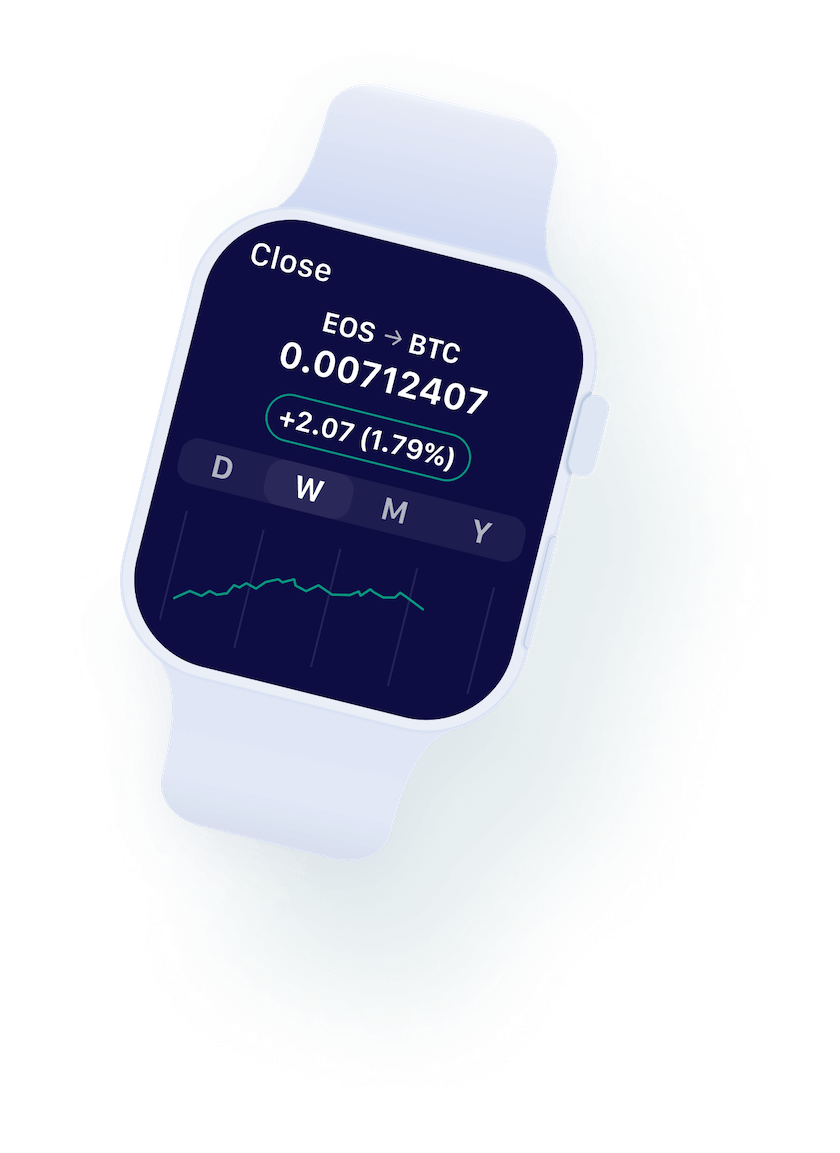In this piece, we will explain how it works and answer popular questions about the role of Proof-of-Stake in the crypto space.
What is Proof-of-Stake?
Blockchains are meant to be decentralized. Their underlying structure proposes to shift away from a single authority that handles transaction data and keeps the records straight. Alternatively, numerous blockchain participants are actively involved in confirming transactions and updating the ledger. Consensus algorithms ensure that everyone plays by the rules.
Consensus solves the "double spending" problem, preventing users from spending their digital coins more than once. Otherwise, the crypto transactions will be compromised.
Proof-of-Work is the oldest consensus mechanism. It is generally perceived as the underlying blockchain technology since it is used in the Bitcoin blockchain. Proof-of-Work relies on miners to confirm transactions and add new blocks.
Modern miners are equipped with powerful hardware, which they use to process calculations in order to solve complex mathematical problems. The miner who solves a problem first, records the next block of transactions in the blockchain and gets a reward in the form of newly minted coins.
Unfortunately, this system calls for high energy consumption. Compared to other consensus mechanisms, it also has higher fees and slower transaction speed.
In turn, Proof-of-Stake (also proof-of-stake or PoS) suggests that participants lock up a certain amount of tokens in a smart contract instead of indulging in useless activities and wasting electricity to win crypto rewards. By doing so, they get a chance to validate transactions and receive a profit. If they try to cheat or fail to stop a fraudulent transaction, they risk losing their stake.
The Proof-of-Stake blockchains include Solana, Terra, Cardano, and, since recently, Ethereum.
Proof-of-Stake Pros
Environment-friendly due to low energy consumption
Less competitive and lower entry barrier: no need to buy expensive equipment and maintain it
Potentially more scalable when applying additional solutions
Proof-of-Stake Cons
Can be less effective than Proof-of-Work in terms of security
Possibility of centralization as validators who hold large amounts of tokens can theoretically influence transaction verification
Some coins should be locked up for a minimal amount of time and cannot be used even in case of an emergency
What is Staking?
Staking is the process of locking up an amount of cryptocurrency in a blockchain validation pool. Stakers, also known as validators, participate in transaction processing.
Depending on the staking amount, the blockchain algorithm chooses validators – those who stake more have the priority and receive the reward. Validating false transactions leads to penalties or a total loss of staked funds.
Lately, staking has become the best alternative for holding, allowing anyone to earn extra income and generate yields on top of long-term investments. The best part about staking is that you do not need to actively trade to make a profit. Instead, you lock up your funds for a certain period of time and get a reward, which is similar to a bank deposit. Market interest rates may range from 1% to over 100% depending on the asset staked, but generally come down to 10% annually.
Staking is currently supported by many crypto exchanges. Almost all require to lock up funds for a certain period of time, except for a few exchanges offering liquid staking. In liquid staking, you can access your funds any time and the rewards are accrued on a minimum daily balance of the asset you are holding.
Crypto trading platform HitBTC offers the best liquid staking option on the market with 10+ coins to choose from and APY up to 40%. Available coins include CVX, STETH, EMC, MINA, SMART, HYDRA, AXS, and others. Here is the complete list of coins and tokens available for staking in the HitBTC app and exchange.
The Bottom Line
The Proof-of-Stake consensus mechanism is a sustainable alternative to Proof-of-Work. It also enables anyone to join the validating process at minimal expenses. On top of that, it allows investors to stake their crypto and earn passive income.
Сrypto wallet App
The HitBTC crypto wallet is a free and simple solution for beginners.
Fees and Limits update
We have recently updated our Fees and Limits. For the latest updates, please visit the Fees and Limits section on our website here.
HitBTC Mobile App
Do not forget that you can trade on our platform from your mobile device. Start today by downloading the HitBTC App on Android and iOS.

